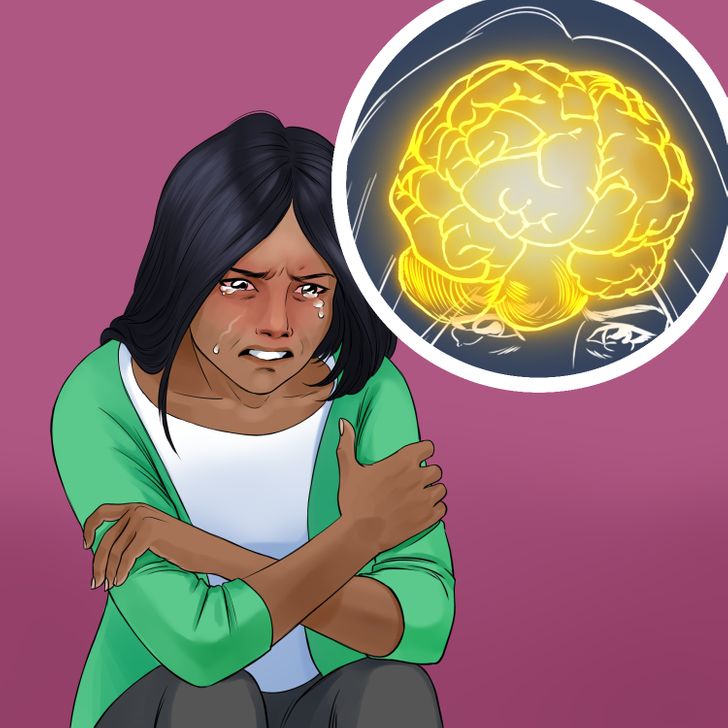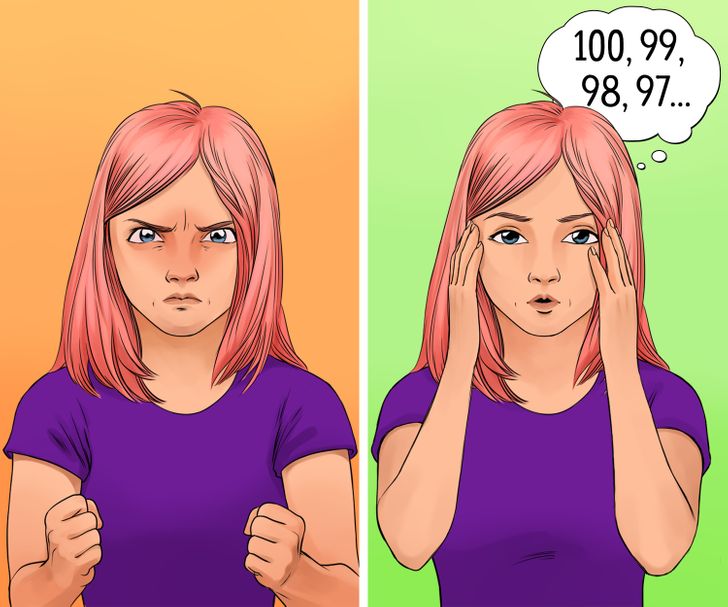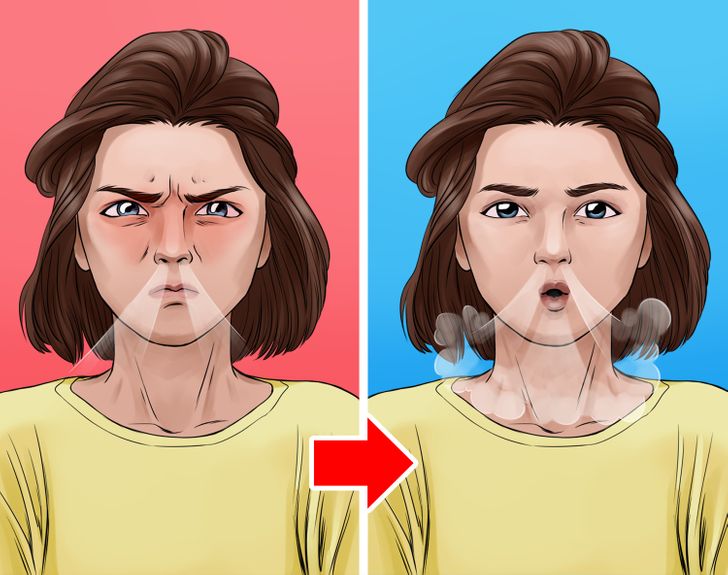What Causes You to Cry When You Are Angry and How to Avoid It

When you get angry you may feel like your throat is suddenly closing up, your face reddens, and you may even feel the need to cry. Anger is often associated with yelling or violence, so it can be confusing to have to deal with that as well. But as it turns out, it’s actually a natural reaction of the body. Still, you might feel relieved to know that there are both physical and mental remedies that will help you hold back the tears.
5-Minute Crafts wants to show you what causes you to burst into tears in moments of rage and give you some tips to keep the tears from running down your cheeks.
Causes

Emotional tears seem to be something that only humans are capable of producing. As you probably know, this type of emotional reaction takes place not only when you’re feeling extremely sad, but also in response to anger. If you have ever shed tears when you feel extremely angry, you might find that the reason behind those appears in the following list:
- Anger has an important impact on our bodies. It actually produces several physical effects within your body. For starters, there is a flare-up of the nervous system and high hormonal activity, so it’s no wonder you end up crying after feeling extremely angry.
- When you cry after a stressful event, you also release oxytocin and prolactin, 2 substances that lower the heart rate and help improve your mood.
- Crying is also a self-soothing response of the body. The purpose of this type of behavior is to urgently deal with unwanted emotions and reduce these feelings right after they appear or at least as quickly as possible.

- Tears may be related to the social response they elicit. We cry to convey a message (whether intentional or unintentional) to the people around us. By doing that, we’re actually promoting an empathetic response from others while at the same time reducing any interpersonal aggression that might be coming our way.
- Crying itself is a form of catharsis. Catharsis refers to the release of excessive emotional energy that’s been piling up in your body, in this case, anger, to provide relief and reduce tension.
- Anger tears also appear in young children during tantrums, for example. These serve to regulate strong emotions and occur at different levels of intensity, depending on whether it is sadness or anger. The episodes combine screaming, whining, and crying with different acoustic characteristics.
Mental techniques to hold back crying

If you want to stop crying when you are feeling very angry, you can practice some mental exercises to at least help you hold back the tears and also ease your anger:
- Divert your attention to a happy moment or a funny scene. Positive thoughts can help you hold back tears and mentally remove yourself from any situation.
- Express your feelings clearly and stay calm. Miscommunication can provoke anger and trigger the urge to cry.

- Distract your thoughts from the present moment with mental exercises like counting backward from the number 100, singing your favorite song, or describing your surroundings. This technique can help soothe emotions and keep you from bursting into tears.
- You can soothe yourself through your sense of touch. A stress ball can divert your focus from a situation that could otherwise trigger anger and tears.
Physical strategies to avoid crying

Other techniques to calm yourself and help you not only master your anger, but also stop crying before it actually appears, are:
- Focus on controlling your breathing: inhale deeply and exhale slowly. This can help you feel calmer, relax, and soothe your emotions.
- Physically remove yourself from the stressful situation that is triggering your anger, like an argument that has escalated in intensity.

- Change your facial expression to a neutral face. This may calm you down and make you less likely to cry.
- Blink rapidly if you have already started crying, to clear your eyes so that tears do not run down your cheeks.
- If you feel like you’re just starting, open your eyes wide and don’t blink so tears don’t form.